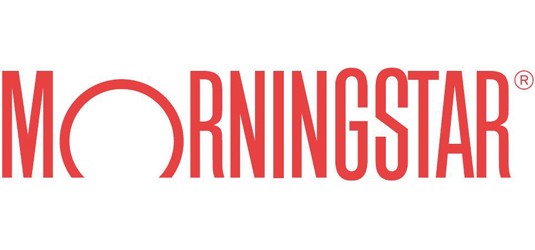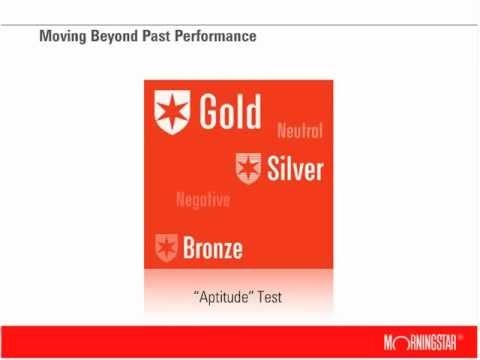How Morningstar Mutual Fund Ratings Work
Post on: 24 Июнь, 2015 No Comment

Five-star funds are the cream of the mutual fund crop. Or are they?
The mutual fund companies love to promote funds that win Morningstar ‘s ( Nasdaq: MORN ) coveted five-star rating, and with good reason: It’s very effective marketing. Most folks don’t want to spend hours looking at a fund’s history and holdings, reading in-depth interviews with its manager, and so forth. They want a quick look at how good a fund is, ideally from an unbiased source. Morningstar’s stars seem to give them exactly that.
Five stars = great performance = a fund worth buying. Is it really that simple?
Mutual fund ratings aren’t everything
I can’t think of any instance in which a four- or five-star Morningstar rating would be a bad sign, but it’s not a complete slam-dunk argument for buying a given fund, either. To be fair, Morningstar is very clear about what the stars rate: Past performance. relative to peers, with an adjustment for risk. As the company says: Morningstar’s fund star rating is designed to give investors a quick snapshot of how a mutual fund has balanced risk and return in the past. We calculate a fund’s star rating relative to other offerings that operate within the same category.
Here’s how it works: Morningstar takes the past performance numbers for each fund and applies some calculations to adjust for the risk the fund has taken in the past. For instance, in distinguishing between two small-cap funds, Morningstar rates Fidelity Small Cap Independence (FDSCX), which takes positions in stocks like URS ( NYSE: URS ). Conceptus ( Nasdaq: CPTS ) and Coinstar ( Nasdaq: CSTR ). as somewhat more risky than Intrepid Small Cap (ICMAX) and its arguably less-aggressive holdings such as Patterson-UTI Energy ( Nasdaq: PTEN ). Applied Signal Technology ( Nasdaq: APSG ). and Unit ( NYSE: UNT ) .
Morningstar then divides the universe of mutual funds into roughly 80 different categories, ranging from the mundane (large U.S. growth stocks) to the somewhat esoteric (short-term municipal bonds of a single U.S. state), then sorts each category top to bottom, best to worst. The top 10% in each category are the five-star funds, and the next 22.5% get four stars.
Long story short, Morningstar’s stars are a good shorthand summary of how the fund has behaved in the past relative to its peers. But even if you insist on buying nothing but four- and five-star funds, you’re still looking at almost a third of all the funds out there. How useful is that?
As useful as any shorthand summary, maybe?

Many people find Consumer Reports’ new-car recommendations to be very helpful, but you wouldn’t commit thousands of dollars to a car purchase on that information alone, would you? I mean, you’d want a test drive, right? You’d at least want to sit in the thing and make sure that the seats were comfortable, that you could see out the back, and so on. And you’d also know that just because Consumer Reports says that a particular model tends to be reliable doesn’t mean that your car won’t ever have any problems.
But it’s surprising how many people commit thousands of dollars to a mutual fund on little more than its Morningstar rating. As Foolish mutual fund guru Amanda Kish recently noted, the stars are a useful screening tool, but they’re not without flaws that go beyond sheer numbers. For instance, there are lots of funds that don’t fit neatly into any one category, but Morningstar assigns them a category anyway — and they may be perfectly fine funds that happen to look bad (or unusually good) when compared to other funds that may seem similar but are actually quite different.
Amanda’s article on Morningstar, which appeared in the most recent issue of the Fool’s Champion Funds newsletter, goes on to point out some other quirks and issues with Morningstar’s ratings. She also provides a guide to how to read the stars and how to form a more complete understanding of a fund’s prospects, quickly and effectively.
If you’d like to read the article — and I recommend that you do — help yourself to a free 30-day trial of Champion Funds. While you’re in there, take a look at some of the funds recommended by Amanda and her team — funds that have been professionally vetted the Foolish way, without relying on one quick indicator. Click here to get started — there’s absolutely no obligation to buy.
Fool contributor John Rosevear has no position in the stocks or funds mentioned. Morningstar and Unit are Motley Fool Stock Advisor recommendations. The Fool owns shares of Morningstar. You can try any of our Foolish newsletters free for 30 days with no obligation. The Motley Fool has a disclosure policy .














